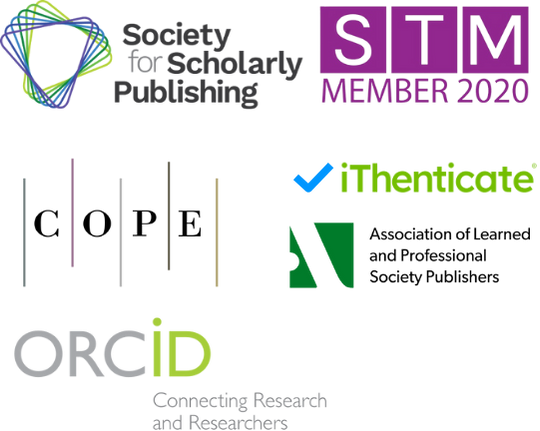Analysis of the Impact of off Exchange Derivatives Trading on Capital Market Efficiency Improvement
DOI:
https://doi.org/10.71222/554vfe24Keywords:
over-the-counter derivative trading, capital market efficiency, information transparency, resource allocation, blockchain technologyAbstract
In the modern financial system, over-the-counter (OTC) derivative trading plays a crucial role, with its flexibility and diversity significantly enhancing the operational efficiency of capital markets. OTC derivative trading improves market efficiency by facilitating information integration, increasing transparency, expanding the variety of trading instruments, and promoting the rational allocation of resources. This article examines the impact of information transparency, innovative trading instruments, and optimized resource allocation on capital market efficiency, alongside the distinct characteristics of OTC derivatives. Emerging technologies, particularly blockchain, offer new technical support for the development of OTC derivative markets, helping to balance efficiency gains with effective risk control. Further advancements in policy frameworks and technological innovation are expected to deepen the contribution of OTC derivative trading to the overall functioning of capital markets.
References
1. C. V. Radulescu, C. Dima, I. Gaf-Deac, and C. C. Gombos, "Management of Derivative Financial Products within the Banking Activity," In Proceedings of the International Conference on Business Excellence, 2024, pp. 945-954.
2. I. A. Zayakin, M. A. Syroeshkin, P. G. Shangin, A. A. Korlyukov, A. A. Dmitriev, N. P. Gritsan, and E. V. Tretyakov, "Binuclear complex of the organogold derivative of nitronyl nitroxide with 1, 1-bis (diphenylphosphino) ferrocene: Synthesis, structure, and properties," Russian Chemical Bulletin, vol. 73, no. 5, pp. 1216-1228, 2024.
3. K. K. Jha, A. Kumar, and P. Munshi, "Solvatochromism and reversible solvent exchange phenomena in solvatomorphic organic chromophore crystals," Crystal Growth & Design, vol. 23, no. 4, pp. 2922-2931, 2023. doi: 10.1021/acs.cgd.3c00052
4. J. W. Steed, "Crystal Growth & Design at 25: The 25th Anniversary Special Issue," Crystal Growth & Design, vol. 25, no. 17, pp. 7071-7073, 2025.
5. A. M. Omer, A. S. Eltaweil, E. M. El-Fakharany, E. M. Abd El-Monaem, M. M. Ismail, M. S. Mohy-Eldin, and M. S. Ayoup, "Novel cytocompatible chitosan Schiff base derivative as a potent antibacterial, antidiabetic, and anticancer agent," Arabian Journal for Science and Engineering, vol. 48, no. 6, pp. 7587-7601, 2023.
6. A. Said, "Does the Use of Derivatives Impact Bank Performance? A Case Study of Relative Performance during 2002-2009," A Case Study of Relative Performance During, vol. 2009, pp. 77-88, 2002.
7. P. Bhatt, K. Kolanji, A. Ivanova, A. Yogi, G. Jakob, M. D. Mukadam, and M. Baumgarten, "Magnetic exchange interaction in nitronyl nitroxide radical-based single crystals of 3d metal complexes: a combined experimental and theoretical study," ACS omega, vol. 3, no. 3, pp. 2918-2933, 2018. doi: 10.1021/acsomega.7b01669
8. K. Amimoto, and T. Kawato, "Photochromism of organic compounds in the crystal state," Journal of Photochemistry and Photo-biology C: Photochemistry Reviews, vol. 6, no. 4, pp. 207-226, 2005. doi: 10.1016/j.jphotochemrev.2005.12.002
9. M. S. Shakil, K. M. Mahmud, M. Sayem, M. S. Niloy, S. K. Halder, M. S. Hossen, and M. A. Hasan, "Using chitosan or chitosan derivatives in cancer therapy," Polysaccharides, vol. 2, no. 4, pp. 795-816, 2021. doi: 10.3390/polysaccharides2040048
10. A. Goyal, "Banks, policy, and risks: How emerging markets differ," International Journal of Public Policy, vol. 10, no. 1-3, pp. 4-26, 2014.
Downloads
Published
Issue
Section
License
Copyright (c) 2025 Zhengle Wei (Author)

This work is licensed under a Creative Commons Attribution 4.0 International License.


